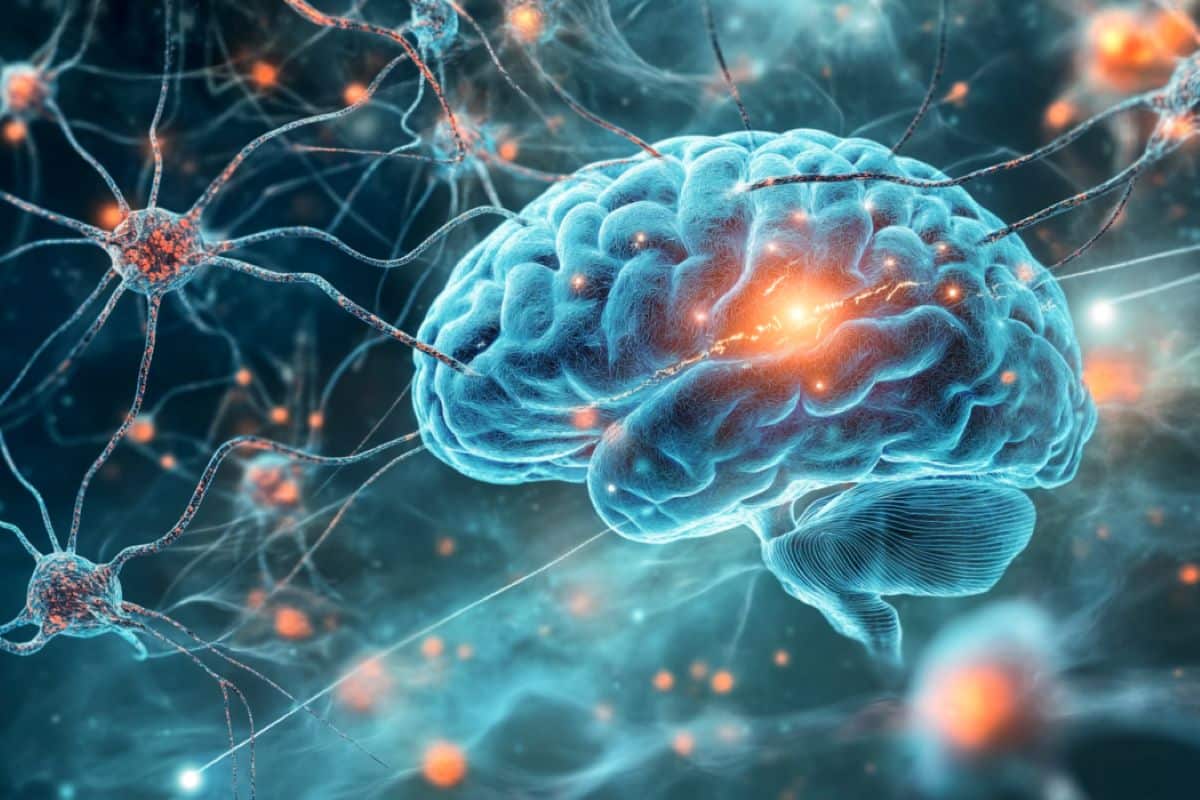Summary: Researchers have revealed a neural mechanism in the brain that enables memories to integrate across different times and experiences. This study, conducted in mice, shows that memories are replayed and reactivated not only after significant events but also in ways that connect them with previous, related experiences.
The findings highlight how memories are dynamically updated, supporting both adaptive processes like learning and potentially maladaptive ones like PTSD. Memories are linked during “offline” periods (rest) through a process known as ensemble co-reactivation, which strengthens associations between separate memories.
Interestingly, researchers discovered memory integration occurs more frequently during wakefulness rather than sleep, a finding that challenges past theories on memory formation. This research helps advance our understanding of how the brain uses past events to inform present behavior.
Key Facts:
- Dynamic Memory Integration: Memories of negative experiences link with older, unrelated memories in a process called ensemble co-reactivation.
- More Linkage During Wakefulness: Unlike prior beliefs, researchers found memory linkage happens more in wakeful rest than during sleep.
- Implications for PTSD and Adaptation: Findings offer insight into memory integration for adaptive learning and PTSD-related memory persistence.
Source: Mount Sinai Hospital
Mount Sinai researchers have discovered for the first time a neural mechanism for memory integration that stretches across both time and personal experience.
These findings, reported in Nature, demonstrate how memories stored in neural ensembles in the brain are constantly being updated and reorganized with salient information, and represent an important step in deciphering how our memories stay current with the most recently available information.

This discovery could have important implications for better understanding adaptive memory processes (such as making causal inferences) as well as maladaptive processes (such as post-traumatic stress disorder, or PTSD).
“The long-held view is that memories are formed during initial learning and remain stable in neural ensembles over time, enabling us to recall a particular experience,” says Denise Cai, PhD, Associate Professor of Neuroscience at the Icahn School of Medicine at Mount Sinai and senior author of the study.
“Our work with mouse models shows the inadequacy of this theory, since it doesn’t account for how the brain can both store memories while flexibly updating them with new and relevant information.
“This combination of stability and flexibility within neural ensembles is critical for us to make everyday predictions and decisions, and to interact with an ever-changing world.”
The fundamental question of how we dynamically update memories as we encounter fresh information has continued to challenge neuroscientists.
For their study, the Mount Sinai team tracked the behavior and neural activity in the hippocampus of adult mice as they learned new experiences, rested after each experience (during so-called “offline” periods), and recalled past memories in the following days. Researchers found that after each event, the brain consolidates and stabilizes the memory by replaying the experience.
After a negative experience, the brain replays not just that event, but memories from days earlier, seemingly searching for related events to link together and, therefore, integrate memories across time.
The study of mice that experienced a highly adverse event (e.g., receiving an foot shock in a specific environment), revealed that negative experiences drove reactivation of not only the recent adverse memory, but also of a “neutral,” or non-threatening, memory formed days earlier (a safe and different environment where they did not receive any shocks).
“We learned that when mice were resting after a highly negative experience, they simultaneously reactivated the neural ensemble of that experience and the past neutral memory, thus integrating the two distinct memory modalities,” explains Dr. Cai.
“We refer to this phenomenon as ensemble co-reactivation, and now know that it drives the long-term linking of memories in the brain.”
Contrary to published literature showing how sleep seems to benefit memory storage, researchers found that memory linkage occurred more often while mice were awake than asleep. This finding raised interesting questions for the team about the distinct roles that wakefulness and sleep play in different memory processes.
The research also showed that adverse experiences were more likely to be linked with past memories, or “retrospectively,” than “prospectively” across days, and that more intense negative events were more likely to drive retrospective memory-linking.
“In discovering a complex neural mechanism that facilitates memory integration, we’ve taken a major step in the direction of better understanding real-world memory, where we know that our memories are constantly being updated and remodeled with subsequent experience so that we can function day-to-day in a dynamic world,” said Dr. Cai.
About this learning and memory research news
Author: Elizabeth Dowling
Source: Mount Sinai Hospital
Contact: Elizabeth Dowling – Mount Sinai Hospital
Image: The image is credited to Neuroscience News
Original Research: Open access.
“Offline ensemble co-reactivation links memories across days” by Denise Cai et al. Nature
Abstract
Offline ensemble co-reactivation links memories across days
Memories are encoded in neural ensembles during learning and are stabilized by post-learning reactivation. Integrating recent experiences into existing memories ensures that memories contain the most recently available information, but how the brain accomplishes this critical process remains unclear.
Here we show that in mice, a strong aversive experience drives offline ensemble reactivation of not only the recent aversive memory but also a neutral memory formed 2 days before, linking fear of the recent aversive memory to the previous neutral memory.
Fear specifically links retrospectively, but not prospectively, to neutral memories across days. Consistent with previous studies, we find that the recent aversive memory ensemble is reactivated during the offline period after learning.
However, a strong aversive experience also increases co-reactivation of the aversive and neutral memory ensembles during the offline period. Ensemble co-reactivation occurs more during wake than during sleep.
Finally, the expression of fear in the neutral context is associated with reactivation of the shared ensemble between the aversive and neutral memories.
Collectively, these results demonstrate that offline ensemble co-reactivation is a neural mechanism by which memories are integrated across days.






